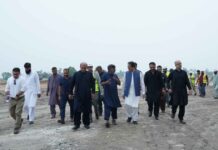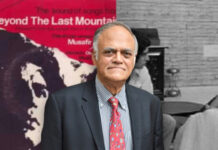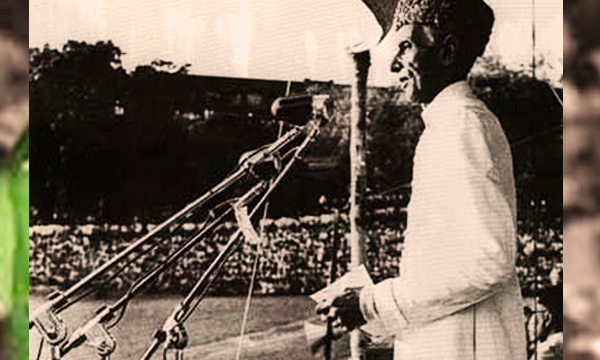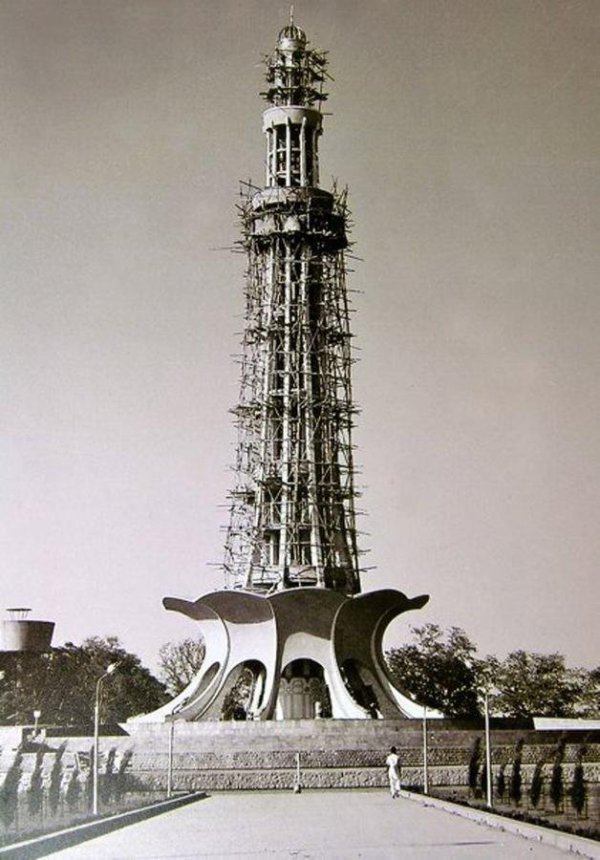Let’s celebrate the day with enthusiasm and fervour as we have been commemorating the since the time ‘The Lahore Resolution’ was passed by the working committee of All India Muslim League; the endorsement of the same was done by the mammoth congregation of Muslims on March 23rd, 1940 who were gathered there from all across the British India.
Lahore Resolution 1940: The Father Document
The Lahore Resolution [now Pakistan Resolution], actually, expressed the idea of the state of Pakistan. It is only text that was discussed and agreed by the leaders of all corners of Indian sub-continent under the leadership of Muhammad Ali Jinnah. It is the only document that can be referred as the “father document” of Pakistan.
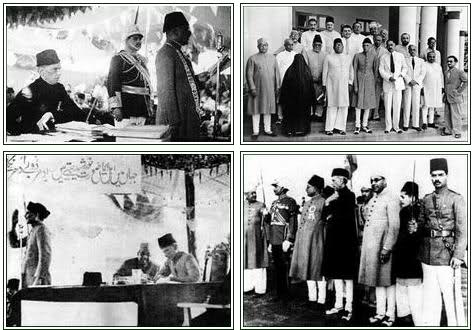
It has the same significance in the lives of our every citizen as United States Declaration of Independence 1776 has in the lives of every American.
United States Declaration of Independence gets published on July 04th every year in almost all the major dailies of the US but the Lahore Resolution has never been published on March 23rd in any of the major Pakistani newspaper. Therefore, many Pakistanis are not aware of what was actually proposed in the Lahore Resolution.
Gul Ahmed, Junaid Jamshed, Origins & Daraz.pk: Pakistan Day 2016 Sales & Discounts
Here, brandsynario.com is producing the text as it is in its entirety for the people who haven’t seen it even though it is carved out prominently on ‘Minar-e-Pakistan’- the most important national monument of the country, built exactly where the historic resolution was passed in 1940.
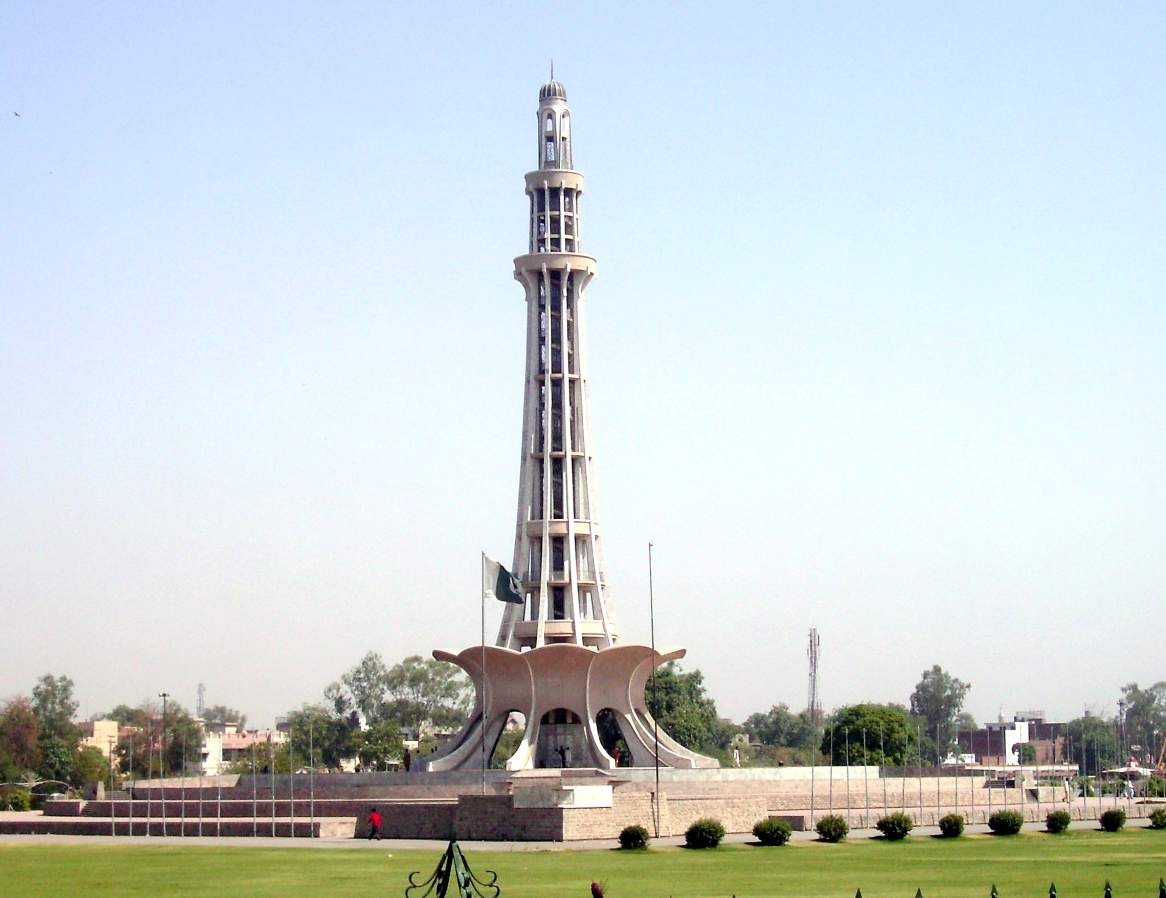
Interestingly, The Lahore Resolution did not use the name “Pakistan” in the text and it did not link up the demand with Islam.
Listen to Quaid-e-Azam’s Pakistan Resolution Day Speech below:
[dailymotion id=”xcvpid”]
Historic Significance of Pakistan Resolution
Pakistan Resolution, as it is called now, is a brief but a comprehensive declaration consisting of five paragraphs. The initial two paragraphs lay out the context for the next paragraphs.
Paragraph three essentially proposes the creation of “independent states” in Muslim majority areas of Indian sub-continent under the British Raj, and paragraph four instructs that the constitutional “safeguards” should be enacted to protect the minorities in these “regions” as well the Muslims who are a minority “in other parts of India”. Paragraph five tasks the working committee to start working on a “scheme of constitution” for all the proposed “regions (states)”.
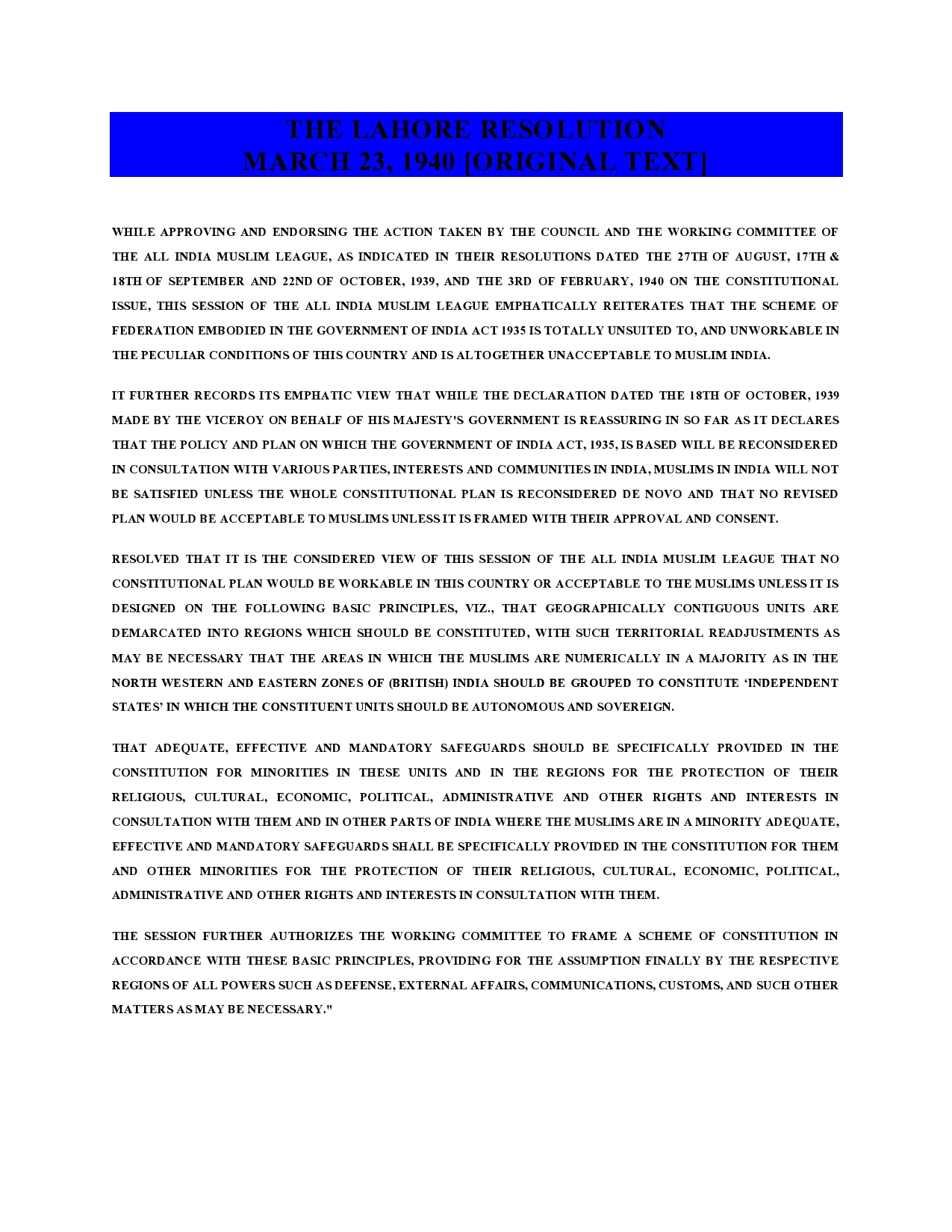
- The Resolution addressed the Muslim question in the political and constitutional context of British India and pointed out to the course of action, the Muslim League intended to adopt to secure the Muslim identity, rights and interests.
- It underlined the principles that were relevant to the modern state system and the political context of British India. It made five specific demands [Please go through the original text of the resolution available in the article].
- The Resolution consequently offered a new course of action for the Muslims of British India as compared to the Muslim League position adopted on constitutional and political issues in the past. It gave rise to the change in strategy but not in goal, which remained the same.
- The All India Muslim League’s goal since its inception in December 1906 was to protect and advance Muslim socio-cultural identity, rights and interests in British India’s socio-political and constitutional context.
The change of strategy was caused by the political experience of the Muslim elite in their interaction with other communities, especially the Indian National Congress, and the policies of the British government. These strategies also manifested the growing desire of the Muslims to assert their separate socio-political identity.
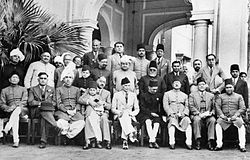
The Muslim League demands became more specific and assertive in the post-1940 period. By 1942, the focus of the Muslim League shifted to a singular phrase of the state. In September 1944, Quaid-e-Azam was very categorical in asserting that he was talking of one state of Pakistan.
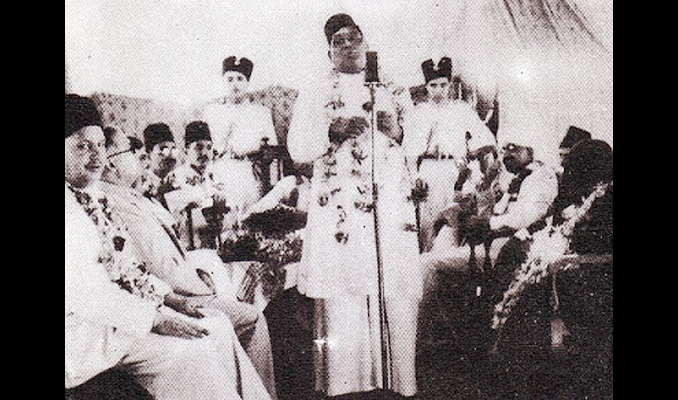
This issue was finally clarified by the convention of parliamentarians from majority regions in the United India held in Delhi, in April 1946. The evolutionary process of the creation of Pakistan began before March 1940 and ended with the attainment of independence in Pakistan in 1947.
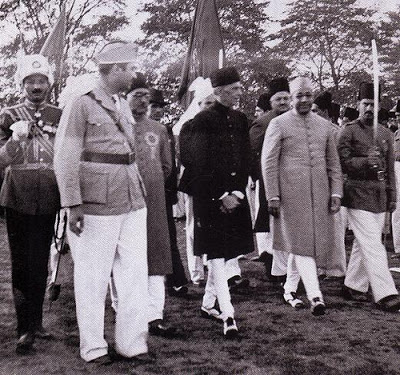
Today, Pakistan is not a dream it has carved into a reality! Once a strategy, it then became the only destiny for over 200 million people.
On this day, let’s find out what actually was proposed in the Pakistan Resolution, let’s revisit the document in today’s circumstances and rethink; have we done enough to achieve what was envisioned by our founding fathers for people living in Pakistan?
Stay tuned to Brandsynario for more updates!

